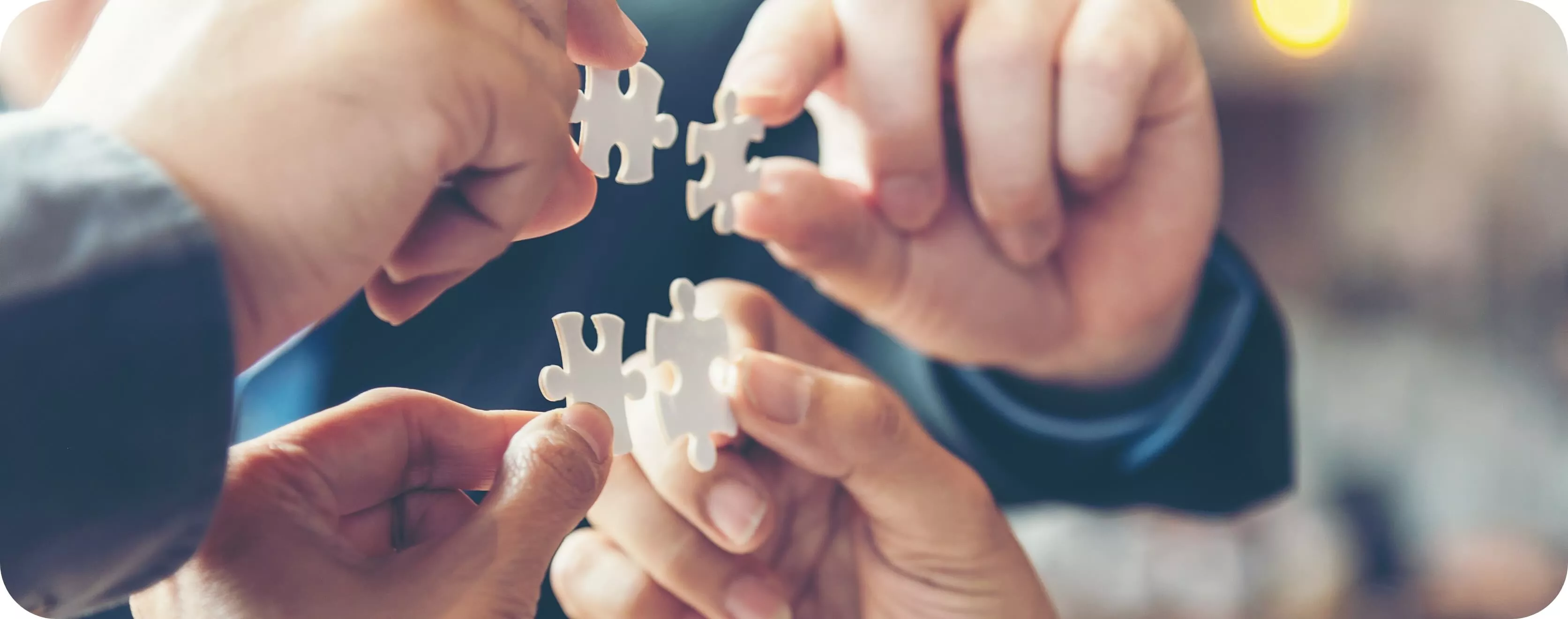ESG Plans and Goals | Sustainability | Taiwan Blood Services Foundation ESG

Sustainability

Sustainable Development Goals
Taiwan Blood Services Foundation's Response to the United Nations Sustainable Development Goals (SDGs)
| Purpose | Specific Actions of the Taiwan Blood Foundation |
|---|---|
| Centered on the health of blood donors and the safety of blood use |
Health management for blood donors includes:
Safety management for blood recipients includes:
|
| Purpose | Specific Actions of the Taiwan Blood Foundation |
|---|---|
| Resource Reuse and Response to Ecological Conservation |
|
| Purpose | Specific Actions of the Taiwan Blood Foundation |
|---|---|
| Energy Saving and Creation of a Friendly Environment |
|
| Purpose | Specific Actions of the Taiwan Blood Foundation |
|---|---|
| Sustainable operation to establish partnerships and enhance cooperation to improve blood donation services |
|
| Purpose | Actions taken by Taiwan Blood Services Foundation |
|---|---|
| Sustainable operations integration Diversified partnerships Collaboration to improve blood service |
|
Short-, medium-, and Long-term Sustainable Development Plans
In response to the national policy of "2050 Net-Zero Transition," the Sustainable Development Committee of our organization is chaired by the Chairman of the Board, with members including heads of various departments and blood donation centers as well as experts with specialized knowledge in sustainability. The committee refers to various international standards such as SASB, TCFD, AA1000, SDGs, the United Nations Global Compact, and ISO26000. Plans for ESG-related short, medium, and long-term projects are developed by our organization and each blood donation center, based on the consensus of the heads and the priorities set by the Sustainable Development Committee meetings. Each unit proposes its plans, tailored to its responsibilities, nature of work, and local considerations, which are then implemented following approval by the unit head and subsequent review by our organization. Progress is tracked and reviewed every quarter and semi-annually during the Sustainable Development Committee meetings. Reports are presented, reviewed, and future work priorities discussed annually during the management consensus workshops to ensure consensus through adequate communication and discussion, facilitating smooth execution of all plans. In addition to ongoing projects, future planning will focus on the following short, medium, and long-term projects:
| Item | Content | Goal | Expected Effects and Impact | Corresponding SDGs |
|---|---|---|---|---|
| Medical Waste Recycling and Reuse (Taichung Blood Center) |
Recycling plastic medical waste such as separation kits and leukoreduction filters | Approximately 28% of total medical waste generated monthly, nearly 2,300 kg | Estimated monthly reduction in medical waste transportation costs by nearly NT$37,950, saving annually about NT$455,400 and reducing 27,600 kg of medical waste |
|
| Establishment of Donation Room (Kaohsiung Blood Center) |
Establishment of a donation room | Establishment of the "Jiuru Donation Room" | Establishment of the Jiuru Donation Room will cancel about 52 bloodmobile outings, reducing fuel consumption and carbon emissions |
|
| Digitization of Office Operations & Paper Reduction Video Conferencing |
Implementation of a knowledge document management system and electronic form operation platform, establishment of an electronic document system, paper reduction program continuation, and implementation of Power BI digital dashboards |
|
|
|
| Purchasing Green Products | Selecting green products with environmental labels, water-saving, and energy-saving certifications | Accounting for over 5% of the total procurement amount | Enhanced purchasing of green products reduces carbon emissions |
|
| Introduction of Automated Material Handling Equipment (Taichung Blood Center) |
Evaluating automated handling equipment to reduce non-core labor | Use of technological equipment to replace repetitive manual labor | Reducing potential injuries and non-core labor associated with manual handling |
|
| Complete Implementation of Electronic Financial Document Voucher Verification | Subsidizing each center for expense verification data, fully transitioning to electronic accounting vouchers, replacing postal mailed paper payment vouchers and other verification documents |
|
|
|
| Replacement of Diesel Blood Transport Vehicles (Kaohsiung Blood Center) |
Replacement with hybrid transport vehicles | Replace 3 diesel transport vehicles with hybrid vehicles | Reduce fuel consumption and carbon emissions |
|
(Tainan and Kaohsiung Centers)
| Item | Content | Goal | Expected Effects and Impact | Corresponding SDGs |
|---|---|---|---|---|
| Promotion of Food Bank Support (Taichung Blood Center) |
Donations of goods from clubs or businesses | At least 20 donation projects per year (any quantity) | Coordinate promotional activities or discussions to promote food donations and help educate vulnerable groups, aiming to achieve the goal of ending hunger |
|
| Gradual Replacement of Official Vehicles with Hybrids (or Electric) | Phase out older vehicles annually and replace them with green products (switch to hybrid or purely electric vehicles) | From 2024, official vehicles to be 50% hybrid (or electric) By 2027, 70% of administrative vehicles to be hybrid or electric |
Gradual replacement of old vehicles with green products to reduce carbon emissions |
|
| Electronic and Reduced Paper Office Operations Video Conferencing |
Set up an electronic document system, implement a paper reduction strategy, and adopt electronic office operations |
|
Electronic and reduced paper office operations decrease carbon emissions |
|
| Electricity Improvement in Love Building (Kaohsiung Blood Center) |
Installation of energy storage devices (Delta Energy Storage System) |
Stable electricity usage of 250KW |
|
|
| Project | Content | Goal | Expected Effects and Impact | Corresponding SDGs |
|---|---|---|---|---|
| Replacement of Diesel Bloodmobiles (Various Blood Centers) |
Gradually replace existing diesel bloodmobiles with new energy-type eco-friendly vehicles such as electric or hydrogen-powered vehicles. | Replace 16 diesel bloodmobiles with 'hybrid' or 'all-electric' models. | Reduce fuel consumption and carbon emissions, estimated annual reduction of 72,457.6 kg of CO2 equivalent emissions. |
|
| New Building Green Construction Project (Taipei Blood Center) |
|
|
Energy-efficient lighting and ventilation that incorporates green building design principles emphasizing harmony with nature. Increase site green coverage and permeable paving area to reduce environmental impact. |
|


